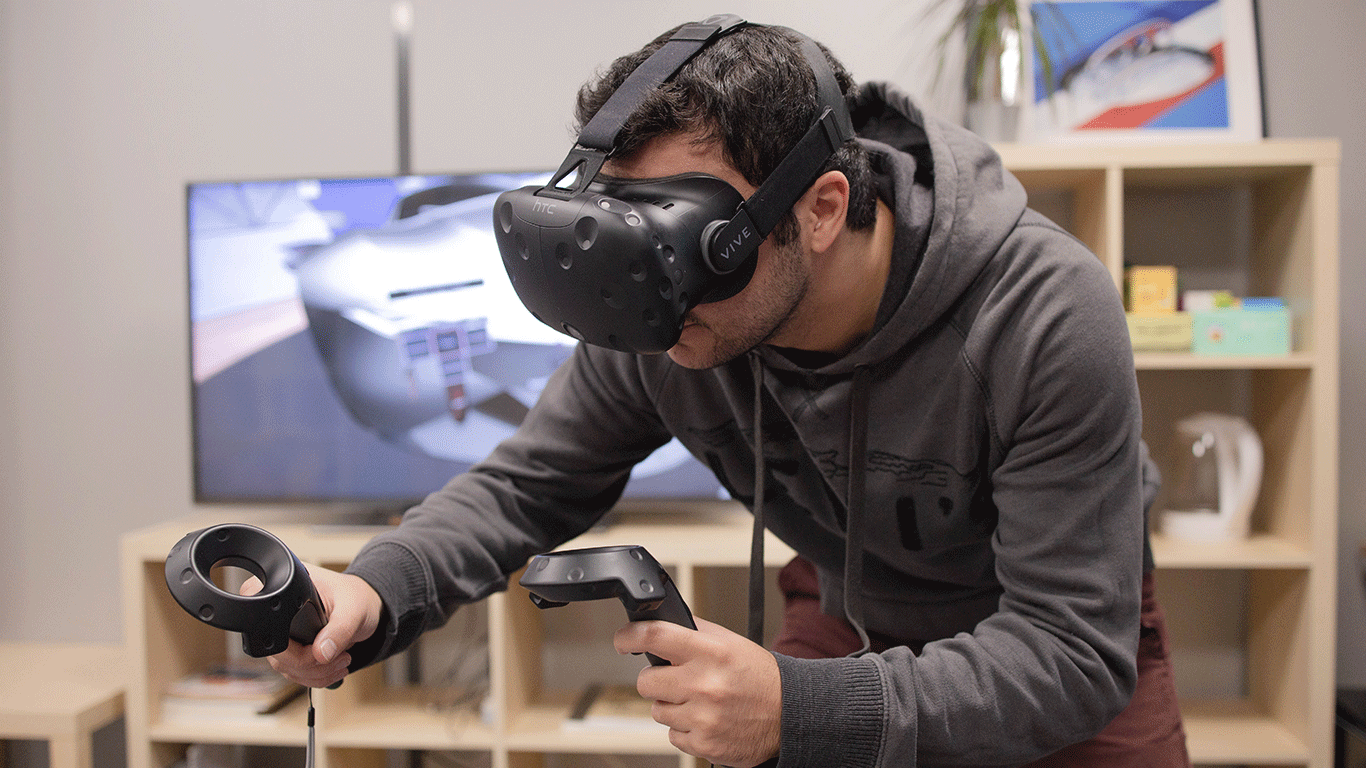When the American professor Henry Chesbrough developed the Open Innovation concept in 2003, it was aimed mainly at major corporations whose R&D departments, led by a handful of strategists, he thought incapable of combating the imminent arrival of disruptive technologies, especially digital ones. Very quickly, the business world embraced his concepts, and developed, refined and implemented them. To such an extent that, 15 years later, virtually all major groups have succumbed to the siren calls of the edicts of open innovation, all of them searching for the most precious technological gems with the aim of maintaining their competitiveness. However, the purpose of collaborative innovation can be overlooked in the tumult of the startup nation.
The engineering specialist: doing Open Innovation without realizing it!
Of course, we still have much to learn and to expect from startups and their approaches. Yes, open innovation opens our technological chakras to startups’ key discoveries. Yes, open innovation allows “startup mode” working methods to filter into our often too-rigid industrial processes. Yes, it is crucial to organize ourselves to identify and qualify startups with huge potential all over the world. Yes, staff can and must embrace innovation at their scale, and display their talents as originators of ideas. And yes, it’s better to do all this in collaboration with your ecosystem.
But isn’t this what engineering companies already do, at least in part? Taking their industrial clients’ challenges as starting points, they constantly seek out the best technical solutions, in close partnership with their suppliers, and often with the help of outside experts like academic laboratories. Like the large industrial groups they work with, engineering specialists cannot fail to put in place startup scouting procedures, in order to detect companies that will help make their services more effective and add value to their customer propositions. To target technical excellence, and not just in the startup population, our technological radars must be calibrated to pick up both innovative SMEs, which boast experience and market knowledge, and our large group clients who are ready to take on the complementary skills of an international engineering company to co-develop the most compelling source innovations.
A form of open innovation rooted in reality
The need to innovate is beyond dispute. But, is it worth restating that an innovation is an invention that finds a market? A market that clients (sic), operational staff and other sectoral players have expert knowledge of. A market that, crucially, will decide the fate of innovative ideas brought to it, and not always on the basis of technical criteria… For this reason, the relationships that engineering specialists forge with startups (and SMEs) stem principally from a form of industrial open innovation that should be seeking to develop incremental and radical technologies. The aim being, prosaically and as part of an approach rooted firmly in operational reality, to help their customers overcome obstacles and stay in the race. This approach is in no way incompatible with exploring innovative ideas much further down the line; this exploration is an intrinsic part of the DNA of an engineering specialist and its R&D department.
Let’s decentralize open innovation to make it more operational
In practice, how can we pursue open innovation effectively, with its POC(1) iterations? Here too, priority must be given to the concrete, the realistic and the measurable. To create meaning and bring teams on board, projects must ideally flow from business needs (in the broad sense, i.e. from a client or a team member in an operations division). They must also be evaluated by experienced professionals, on the ground: clients, business experts, partners in the sector in question, etc. Ideally, a POC should be conducted totally (or almost) out of sight of the innovation department! Freedom, autonomy and the right to make mistakes are thus key to productive industrial open innovation.
However, beware of the trap of obeying paradoxical instructions. We highlight two common examples. Firstly, the creation of dedicated innovation spaces (accelerators, incubators, etc.) which might lead people to think that innovation is possible only in a specific environment, leaving everyday toil to “workers”. Secondly, the much-discussed “conflict of commitment”: a company asks its staff to innovate, but without going on to modify their work (goals, human resources, budgets, etc.).
So, industrial open innovation cannot be conceived out of nothing, and cannot make a clean break with the past. Its success depends strongly on being incorporated into an existing industrial framework, with its constraints, resources, norms, habits, skills, etc. That’s good news, because as Charles Baudelaire said, “the more restrictive the form, the more explosively the idea surges forth“.
(1) Proof Of Concept: small-scale trial project conducted in real conditions for the purposes of technical validation.
- With over 300 industrial clients worldwide and 200 research projects every year, at SEGULA Technologies, we have been doing open innovation with a wide range of partners for decades.
- So when we decide to accelerate our partnership with startups and innovative SMEs with the launch of our HeXplora Hub, we choose a very operational approach, closely aligned with the technical and economic situation on the ground, and customer needs.







 FOR A BETTER EXPERIENCE
FOR A BETTER EXPERIENCE